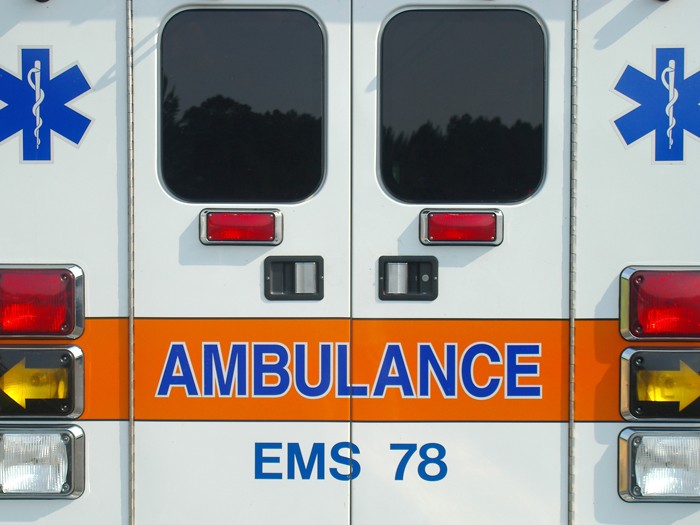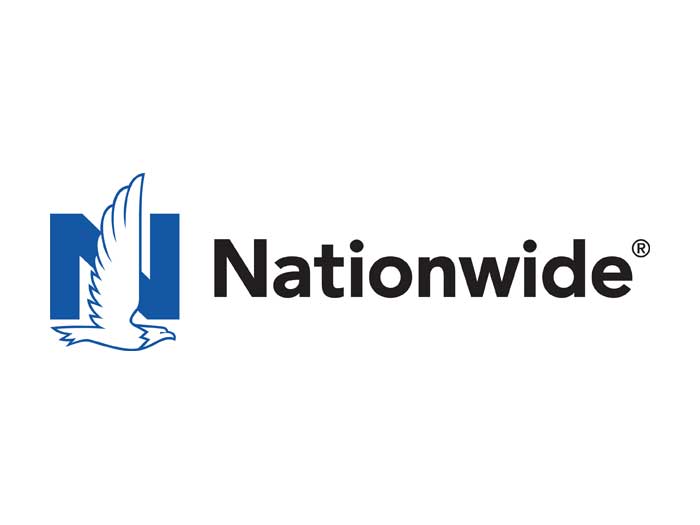WC Cost Control
New Guidance Targets Rarely Discussed WC Cost Driver

Getting injured workers to and from various treatments and appointments can have a tremendous impact on outcomes and costs. With emergency ambulance transports costing upward of $1,100 per mile, nonemergency transportation costs exceeding $700, and a helicopter ride totaling more than $41,000, decisions about whether and what mode of transportation to provide for injured workers can be crucial.
But there has been little guidance to help payers decide the best options for injured workers. Officials with a managed care company say their phones have been “ringing off the hook” since their launch of transportation guidelines for the workers’ comp system.
“The claims manager may encounter a situation with an individual in need of getting to physical therapy or a physician’s appointment and due to some extenuating circumstance they don’t have transportation readily available,” said Leanne Bronold, clinical writer/case management product manager for GENEX. “It becomes a challenge for the injured worker and the case manager. It also extends out to the adjuster and employer when the person can’t get to and from an appointment.”
Bronold was part of a team that conducted extensive research into best practices in transportation for injured workers to develop the GENEX Transportation Guidelines.
“We looked through numerous state guidelines and Medicare,” she said. “There really was not any workers’ comp-specific guidelines out there at the time.”
As a former nurse case manager working in the field, Bronold has vast experience using guidelines to address the many challenges that can arise during a claim. She’s using that background as clinical writer/case management product manager for GENEX for its more than 340 guidances.
“I started as a case manager and used the guidelines myself, then later became involved in developing and keeping guidelines revised and updated,” she said. “Every quarter we are working on a large number of guidelines (reviewing them and reviewing the information) to see if there is new testing, some change in treatments, or has some treatment fallen out of favor. It requires constant vigilance in keeping these up to speed.”
The Concerns
The majority of injured workers are able to get to and from their appointments. But there is a good percentage who cannot.
“I worked as a case manager for more than 15 years, and I did encounter these situations,” Bronold said. “Most often they have their own transportation or someone can provide it, but if not, it becomes a block in their recovery.”
As Bronold explained, the cost of providing transportation to injured workers is only part of the issue. The outcome of the claim must also be considered.
“If [transportation] is not available, will that interfere with the medical care and recovery?” Bronold said. “If it does, it will delay that person’s recovery and return to work.”
In that scenario, the payer may end up with more costs than would have been needed for a taxi or other mode of transportation.
The Guidelines
Some transportation decisions are self-evident, especially in emergency situations.
“The underlying criterion when determining whether ambulance transportation is needed is whether or not it is necessary for the health of the claimant,” said Dr. Maury Guzick, medical director of GENEX Services, in a statement. “Clearly a worker with a traumatic injury such as a burn or loss of limb requires an ambulance — perhaps even transport by air — but sometimes the need is less clear, and then we use the clinical and research-based guidelines to help make the decision.”
The guidelines are aimed at providing “research-based assistance about when and where, as well as what mode and vendor is best for injured workers,” the company said. Those involved in developing the guidelines culled a plethora of available sources such as industry data, peer-to-peer literature, and government information.
“We went to a multitude of sources looking at what each had to say,” Bronold said. “Most of the time it had different pieces, speaking to some emergency transportation, or non-emergent information. It really had to be pulled together.”
What they produced was a soup-to-nuts guidance to help case managers and others go through a process to determine how to get the best care to the injured worker cost effectively. It is designed to be a tool in the overall treatment plan.
“It discusses that one of the facts is that the resources available to the individual should be evaluated before paying for transportation,” Bronold said. “Is there a family member, friend, coworker that would be willing to help bring this person to and from appointments?”
In situations where there are no feasible transportation options available, the guidance offers other suggestions. “I like this part because, particularly for the case managers, they can look at alternatives and say ‘OK, would a home physical therapy service better serve the patient than transporting them to a facility elsewhere?’” Bronold said. “They may have vehicle modification in terms of wheelchair accessibility. So it not only talks about modes of transportation but gives them ideas of ‘what other ways can we deal with this challenge.’”
The transportation guidelines are the latest of 344 proprietary documents the company has created to help better manage claims. Because they are evidence-based, they can lend credence to decisions made.
“I think this would help them make an educated decision,” Bronold said. “Once they make the decision, this gives them something to say, ‘OK I approved this because this person, although has access to public transportation, lives more than half a mile away and is not physically able to get there.’ It gives them something to really look at.”










